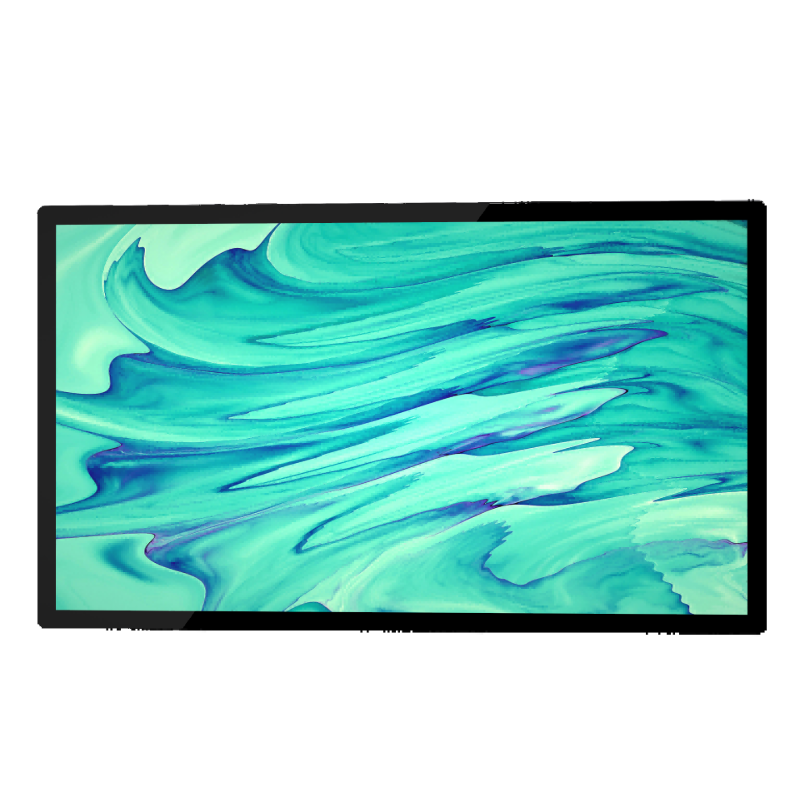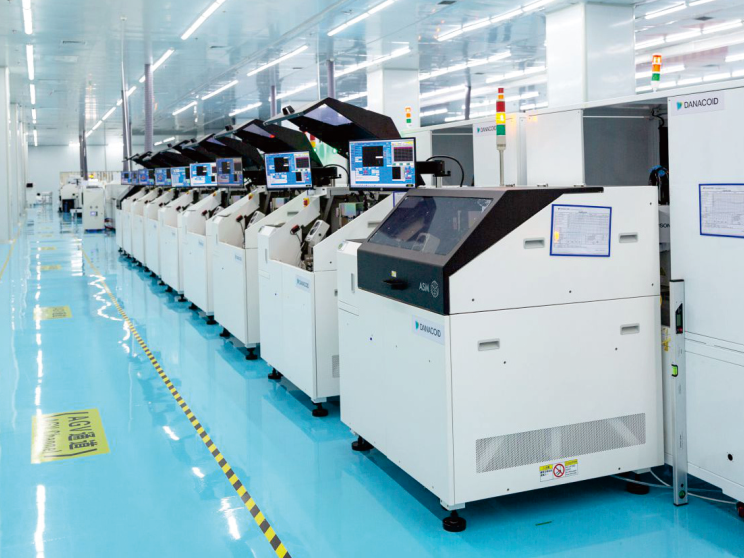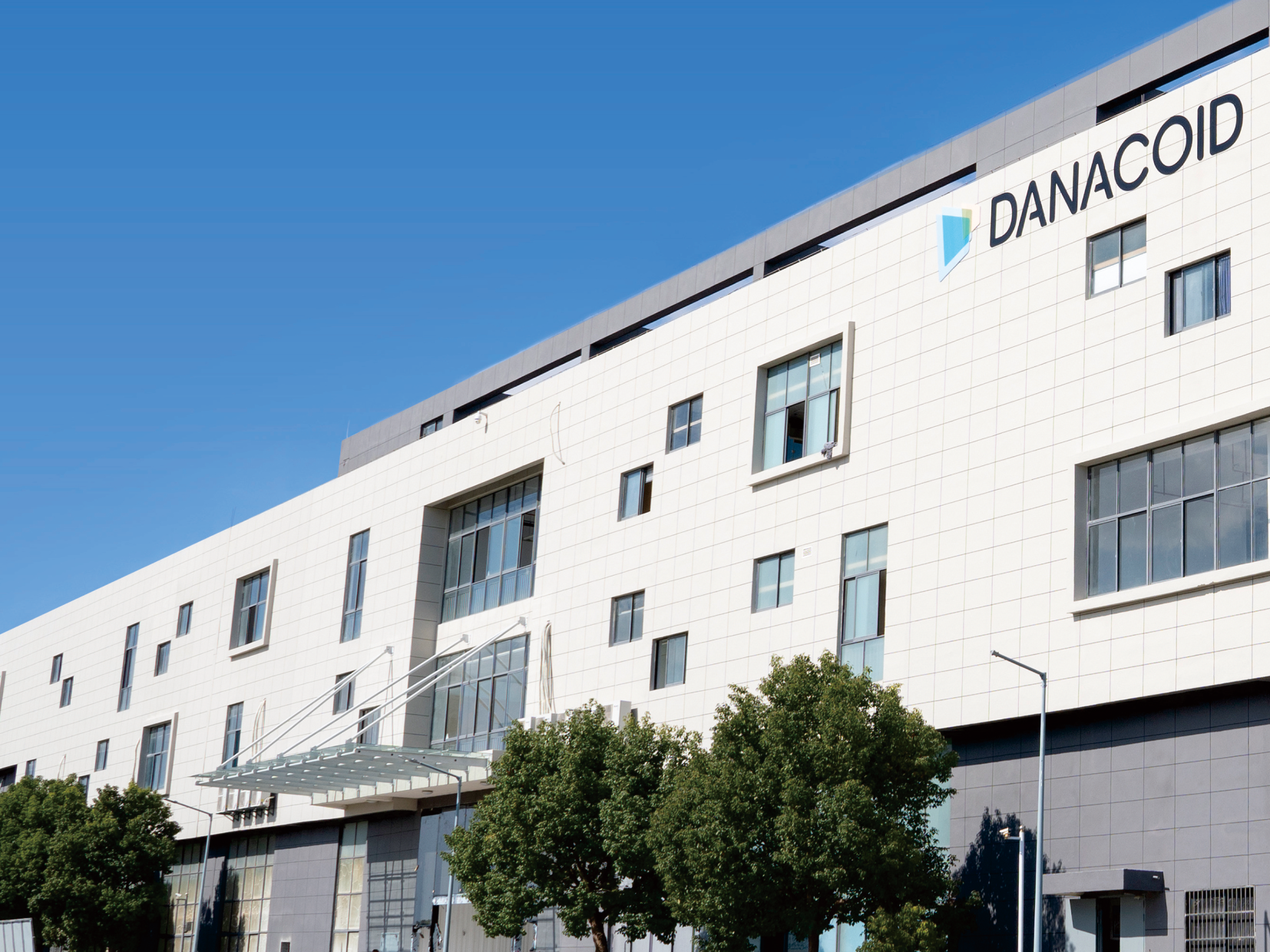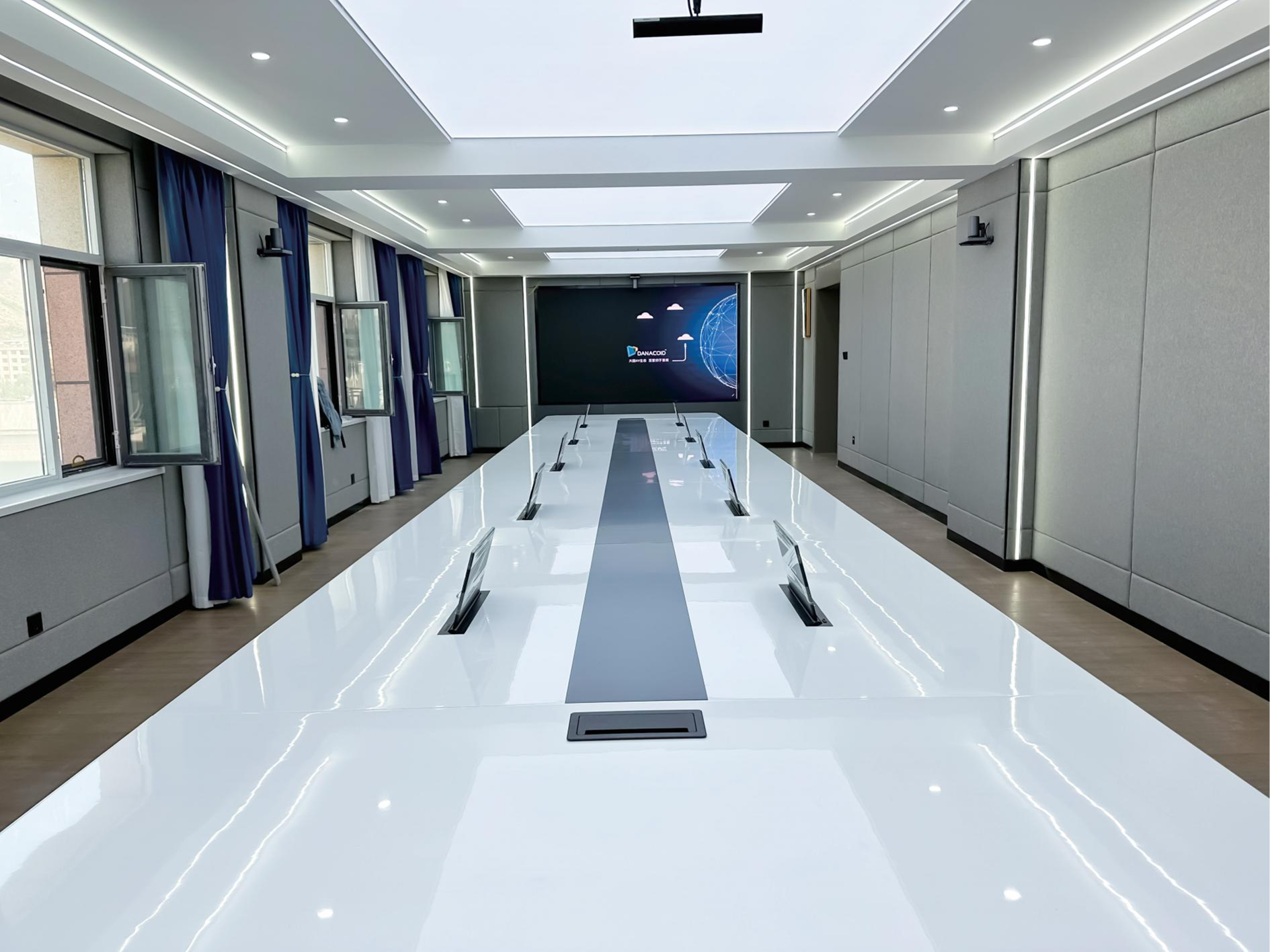Modern businesses across various industries are increasingly turning to full-color LED displays to capture attention, deliver information, and enhance their communication strategies. These vibrant, high-resolution displays have revolutionized how organizations present content, from retail environments to corporate settings. The versatility and visual impact of these digital solutions make them indispensable tools for companies seeking to stand out in competitive markets while delivering clear, engaging messages to their target audiences.

Retail and Commercial Advertising Applications
Storefront Window Displays
Retail establishments leverage full-color LED displays in storefront windows to create eye-catching advertisements that draw customers into their stores. These displays offer superior brightness and clarity compared to traditional static signage, ensuring visibility even in direct sunlight. Store owners can update promotional content remotely, adapting their messaging to seasonal campaigns, flash sales, or new product launches without the expense of printing new materials.
The dynamic nature of LED technology allows retailers to showcase multiple products in rotation, maximizing the advertising potential of limited window space. Fashion boutiques display runway shows, electronics stores demonstrate product features, and restaurants showcase appetizing food imagery that changes throughout the day to match their menu offerings.
Point-of-Sale Enhancement
Within retail environments, full-color LED displays serve as powerful point-of-sale tools that influence purchasing decisions at critical moments. These displays can highlight product specifications, customer reviews, or complementary items that enhance the primary purchase. The immediate visual impact helps customers make informed decisions while increasing average transaction values.
Interactive LED displays at checkout counters can showcase loyalty programs, warranty options, or seasonal promotions, creating additional revenue opportunities during the final stages of the customer journey. The ability to update content instantly allows retailers to respond to inventory changes, promotional adjustments, or market conditions in real-time.
Corporate Communication and Information Systems
Reception Area Information Centers
Corporate lobbies and reception areas utilize full-color LED displays to create professional first impressions while providing essential information to visitors and employees. These displays can showcase company achievements, mission statements, employee recognition, and upcoming events in a polished, professional format that reflects the organization's brand identity.
The flexibility of LED technology allows companies to customize content based on the time of day or specific visitor demographics. For instance, displays might show quarterly results during business hours and switch to company culture videos during evening events or weekend tours.
Internal Communication Networks
Organizations deploy LED display networks throughout their facilities to maintain consistent internal communication across multiple departments and locations. These systems distribute important announcements, safety information, productivity metrics, and team achievements in real-time, ensuring all employees stay informed regardless of their physical location within the facility.
Integration with existing corporate communication systems allows for automated content updates, emergency notifications, and departmental messaging that reaches employees instantly. This approach significantly reduces reliance on email communications and printed notices while improving information retention through visual reinforcement.
Educational Institution Applications
Campus Information Networks
Educational institutions implement full-color LED displays across campus grounds to provide students, faculty, and visitors with current information about events, schedules, emergency notifications, and academic announcements. These displays serve as centralized information hubs that reduce confusion and improve campus navigation while maintaining consistent institutional branding.
Universities and colleges particularly benefit from the ability to display real-time information such as class cancellations, weather alerts, or special events that affect campus operations. The visual prominence of LED technology ensures important messages reach their intended audiences effectively, even in high-traffic areas with significant ambient noise.
Classroom and Lecture Hall Enhancement
Modern educational environments incorporate LED displays to support interactive learning experiences and multimedia presentations. These displays offer superior color accuracy and brightness compared to traditional projectors, ensuring clear visibility from any angle within the classroom while reducing eye strain for extended viewing periods.
The technology enables educators to seamlessly integrate video content, real-time data visualization, and collaborative digital tools into their teaching methodology. Students benefit from enhanced visual learning opportunities that accommodate different learning styles while preparing them for technology-rich professional environments.
Healthcare and Medical Facility Integration
Patient Information and Wayfinding
Healthcare facilities utilize full-color LED displays to improve patient experience through clear wayfinding assistance and real-time information about wait times, appointment schedules, and facility services. These displays reduce patient anxiety by providing transparent communication about delays, procedure explanations, and general health education content.
The ability to display multilingual content ensures effective communication with diverse patient populations, while integration with patient management systems enables automatic updates to queue information and appointment notifications. This technology significantly reduces administrative workload while improving overall patient satisfaction scores.
Medical Education and Training
Medical institutions leverage LED display technology for educational purposes, showcasing detailed anatomical models, surgical procedures, and diagnostic imagery with exceptional clarity and color accuracy. The high resolution capabilities enable medical students and professionals to examine fine details that might be difficult to observe in traditional learning environments.
These displays support interactive training simulations and real-time collaboration between medical professionals across different locations, facilitating knowledge transfer and continuing education initiatives that improve overall healthcare quality and safety standards.
Transportation and Public Infrastructure
Transit Information Systems
Transportation hubs including airports, train stations, and bus terminals deploy full-color LED displays to provide passengers with real-time departure and arrival information, gate changes, delays, and emergency notifications. The high visibility and brightness of LED technology ensures information remains clearly readable in varying lighting conditions common in transportation environments.
Integration with transportation management systems enables automatic updates that keep passengers informed about schedule changes, weather-related delays, and alternative route options. This real-time information reduces passenger stress and improves overall travel experience while minimizing congestion around information desks.
Traffic Management and Safety
Municipal authorities implement LED display systems for traffic management, displaying variable message signs that inform drivers about road conditions, construction zones, alternate routes, and safety warnings. The programmable nature of these displays allows traffic management centers to respond quickly to accidents, weather conditions, or special events that affect traffic flow.
These systems contribute significantly to public safety by providing drivers with timely information that enables better decision-making and reduces the likelihood of traffic-related incidents. The energy efficiency and durability of LED technology make these systems cost-effective for continuous operation in challenging outdoor environments.
FAQ
What are the main advantages of full-color LED displays over traditional signage
Full-color LED displays offer several key advantages including superior brightness and visibility in all lighting conditions, the ability to update content remotely and instantly, lower long-term operational costs due to energy efficiency, and the capability to display dynamic content including videos and animations. They also provide better color accuracy and longer lifespan compared to traditional printed or backlit signage solutions.
How do I determine the appropriate size and resolution for my LED display application
The optimal size and resolution depend on viewing distance, ambient lighting conditions, and content type. For close viewing applications like retail point-of-sale, higher pixel density is essential for crisp text and detailed images. For distant viewing such as outdoor advertising, larger pixel pitch with bigger overall dimensions may be more appropriate. Consider consulting with LED display specialists who can assess your specific requirements and viewing environment.
What maintenance requirements should I expect with full-color LED displays
Modern LED displays require minimal maintenance compared to traditional display technologies. Regular cleaning of the display surface, periodic inspection of connections and housing seals, and software updates comprise the primary maintenance activities. Most quality LED displays are designed for continuous operation with expected lifespans exceeding 100,000 hours, making them extremely reliable for mission-critical applications.
Can LED displays integrate with existing content management and communication systems
Yes, most professional LED display systems offer comprehensive integration capabilities through various connectivity options including network protocols, API interfaces, and cloud-based management platforms. This allows seamless integration with existing corporate communication systems, social media feeds, data visualization tools, and automated content scheduling systems, enabling efficient content management across multiple displays and locations.
Table of Contents
- Retail and Commercial Advertising Applications
- Corporate Communication and Information Systems
- Educational Institution Applications
- Healthcare and Medical Facility Integration
- Transportation and Public Infrastructure
-
FAQ
- What are the main advantages of full-color LED displays over traditional signage
- How do I determine the appropriate size and resolution for my LED display application
- What maintenance requirements should I expect with full-color LED displays
- Can LED displays integrate with existing content management and communication systems









